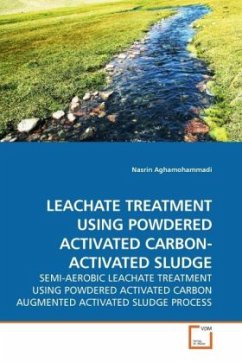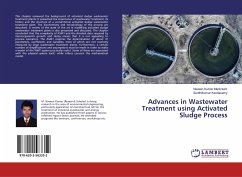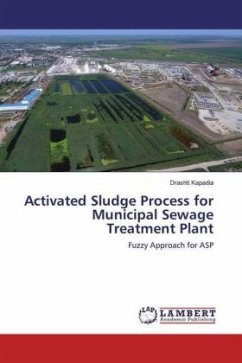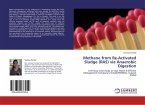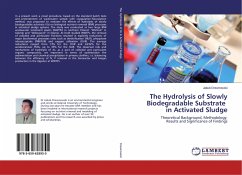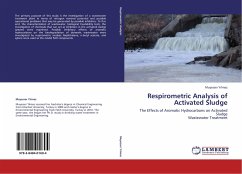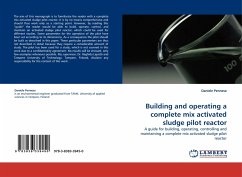Semi-aerobic leachate typically has high COD and low BOD as experienced. The BOD5/COD ratio of this site is about 0.17. It shows that the fraction of refractory compound in leachate is high and is difficult to biodegrade. The low biodegradability is attributed to partial stabilization of leachate at the landfill. Biological treatment of leachate in Malaysia is not well established and important data for the treatment process is not available. This research was conducted to establish some of the important data in the activated sludge biological process (AS) of semi-aerobic leachate with powder activated carbon (PAC) (AS+PAC) and without the influence of PAC (NON-PAC). The research determines the reactors performance at three hydraulic retention times (HRT) and three dilution factors (DF), based on the influent COD concentrations. For the present study, semi aerobic leachate was collected from Pulau Burung Landfill Site (PBLS).
Bitte wählen Sie Ihr Anliegen aus.
Rechnungen
Retourenschein anfordern
Bestellstatus
Storno

